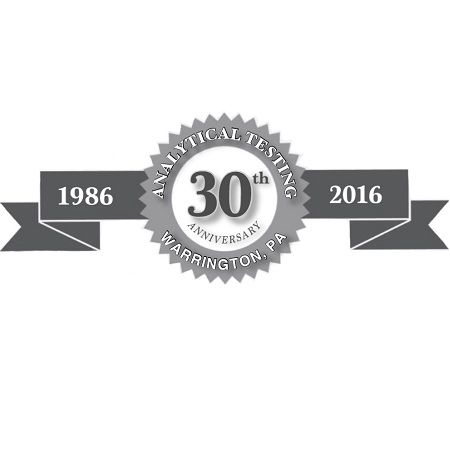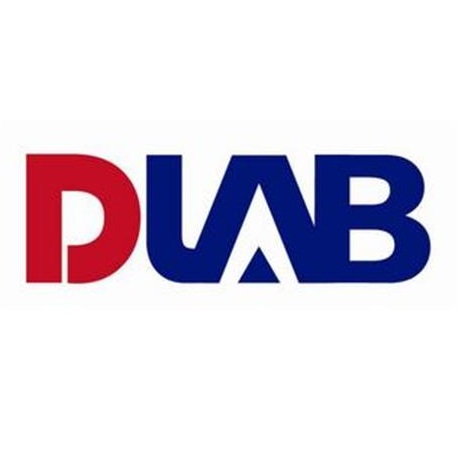Content
- mostly used software development methodologies in 2022. How to choose?
- Advantages and Disadvantages of ERP Software
- DrawBacks of ERP
- How to Create Your Own ERP Software
- Most famous cloud security solutions for companies
- Helps To Make Quality Decisions
- How do I get a custom ERP?
- What is the best programming language for ERP?
Tasks like accounting, supply chain management, and risk management, among others, consume a lot of time and effort, especially for SMEs. Undoubtedly, completing all these tasks raises the demand for professionals who can manage these tasks. However, rather than hiring multiple people, having an Enterprise Resource Planning system can significantly help in the long run.
- This benefit is inseparably linked with the increased integration, interaction, and collaboration that ERP systems offer to businesses.
- If it’s your first experience with resource planning software, explore typical components of ERP systems other industry players are using.
- Within the ERP system, a complex employee profile includes hiring, onboarding, compensation management, and timekeeping as well as tax and benefits deductions.
- This uniform structure helps everybody to stay on the same page.
- They focus on controlling the business activities of the organization.
- End-to-end service development, including enterprise app development, database development, cloud app development, software consulting and maintenance, and much more.
Out-of-the-box ERP software is made for the mass market, thus it gives no or a small number of customization opportunities. Thus, you would have to have to adapt such software to the processes of your company. It will be time- and money-consuming to train employees. Custom ERP, on the other hand, is meant to comply with your company’s business processes and become more convenient for work.
mostly used software development methodologies in 2022. How to choose?
Integrating ERP systems can also allow employees to focus on revenue-generating tasks instead of repetitive work. Because custom ERP systems are tailored to your specific needs, they can more quickly adapt to changing business conditions. No matter how adaptable a SaaS solution is, it will never be able to fulfill all of the business needs.
In 1990, the acronym ERP was used for the very first time to refer to enterprise resource planning. For over thirty years, the ERP market has been going through changes and improvements. Starting as simple client–server on-premises software, ERP systems evolved into web-based solutions stored on physical servers. Now that cloud computing rules the world, ERP systems have gone to the cloud, turning on-premises software into a legacy technology.
Advantages and Disadvantages of ERP Software
Also, it’s quite complicated to check the code unless you’re a tech guru. There are two approaches to developing ERP software (we’ll talk about them in detail below) — out-of-the-box and custom. The first type stands for software built for the mass market offering no or little customization opportunities.

Finally, organizations like the lower upfront costs of building their own ERP solution. Rather than buying an all-in-one solution that might be too big for their needs , they can scale the investment by developing applications on an as-needed basis. While it’s a noble and sometimes true catchphrase, it doesn’t always translate to the ERP realm.
Technical proficiency and experience in ERP app development have a direct impact on how much time the team spends on each task and how well they do them. Hence, hiring the cheapest company can result in the greater overall cost of the project. Many business automation projects hit the wall just because the staff doesn’t take them seriously. People won’t put in customer and/or inventory data as they’re supposed to, won’t follow invoicing procedures, you name it. This happens either because employees find the new systems difficult to learn, or because they don’t understand why they need to do it.
DrawBacks of ERP
With an ERP system, you can optimize and automate core business processes and help your team do more with fewer resources. However, if there are gaps in your understanding of ERP systems, you may struggle to implement one successfully. To help you figure it out, we’ve created a guide that will teach you how to build an ERP system from scratch, how to benefit from it, and how much it will cost to develop it. › Top management must be fully committed to incorporate the training cost as part of the ERP budget. For a successful implementation, you need structured project management, full transparency, and buy-in from users at every level of the organization. › A good ERP system is flexible, modular and scalable enough to adapt to shifting market dynamics and changing customer needs.
Out of the box or custom ERP solution, which one suits your needs? Discuss this matter with your team members to take a final decision. You must keep in your mind the features like frontend framework, backend framework and other advanced technologies. The database is essential to store valuable data because a company uses RDBMS . The proper technology makes ERP applications more accurate and will give you the desired result as per your need.
You can initially implement specific applications that make sense now and add on seamlessly integrated applications as needed as your business grows. › One of the biggest ERP implementation challenges is getting users and functional groups to change their ways in order to work with the new solution. Driving this change requires strong project management and backing from senior leadership. However, we have compiled a table of approximate prices for different stages of development, depending on the country in which the design and development team is located.
How to Create Your Own ERP Software
That’s why building ERP software can save a lot of money in the long-term. Third-party solutions can have features that you don’t need. In the case of custom development, you only add the necessary functionality. The issue build your own custom ERP is that out-of-the-box ERP solutions cannot address your unique business need. Besides, ready-made solutions are harder to integrate with the existing systems, while managing business parts separately isn’t efficient.

Then describe the main reasons why you need an ERP system. Determine how much time and budget you can allocate to your project. Formulate the main problems that you want to solve with your product. When this is all ready, you can proceed to the next steps. If you don’t know what exactly you need to change or improve in your company, it will be challenging for you to build a sound ERP system.
Most famous cloud security solutions for companies
Its custom developed ERP has a lot of pitfalls and could potentially cause literally millions of dollars in unforeseen expenses. According to statistics, people choose to implement this type of system mostly to replace obsolete technological choices. So, if you’re new to this type of system, consider consulting or hiring an ERP developer. Another factor influencing how much custom ERP software development will cost is who you will choose to be in charge of this task. It is nearly impossible to get everything in one solution straight away even if it is customized. At this step, we outline expectations and discuss the ways in which the goals set can be achieved.
Helps To Make Quality Decisions
Your design team should keep the ERP software simple and avoid cluttering it with unnecessary details. Information architecture is an invaluable tool for user interface design. That is why information architecture is the foundation for any project.
Training staff is essential to maximize the benefits of ERP software, but it requires a significant amount of time and effort. Also, when experienced users leave the company, new employees must spend considerable time learning the system from scratch. When creating an ERP from scratch, testing every aspect of your product is crucial. The development team should have several QA engineers to test the system and identify and fix any bugs. It’s smart to involve your employees in testing the ERP software.
For ERP web application development, Python is the top priority for developers. Now is the time to test the system features, how is it working? They have the capabilities to find and fix all the issues in the system. Try to involve the staff of your company in testing ERP software. They tell you the weak sides of the system because they are the best beta tester. Besides this, a technical expert should have a good business network, client list, industry connection that may enhance your business to the next level.
This relaxation helps team members to perform other duties. Thus, ERP increases the productivity, efficiency, and profitability of your organization. With ERP software, you can access a central database of information, you can access reporting and analytics. It is an admirable and prominent business tool since it records and stores all the data inputs of the user. ERP developers are capable today of developing any custom ERP software as per your needs. They will make your job easier and faster and have the power to track anything for your team to generate any reports.
So if some processes in your company have to be re-engineered or standardized, it is a good idea to do that before ERP systems development. Custom-tailored solutions are often more expensive, mainly because they’re designed to resolve specific types of issues. Send us your project specifications, and our team of experts will provide a detailed estimate of the final cost. This is actually one of the greater advantages of having your own ERP system. You may scale your ERP software alongside the company’s growth and adjust it as necessary, which is impossible with ready-made solutions.





















